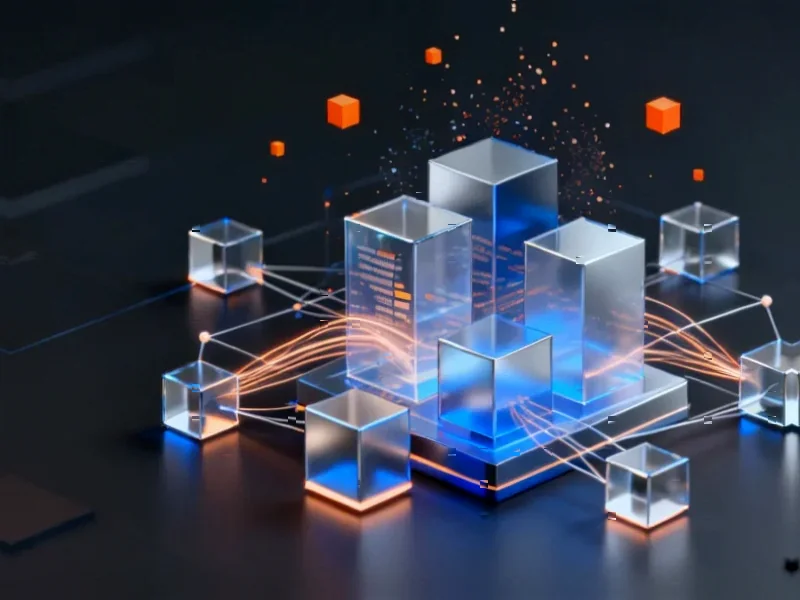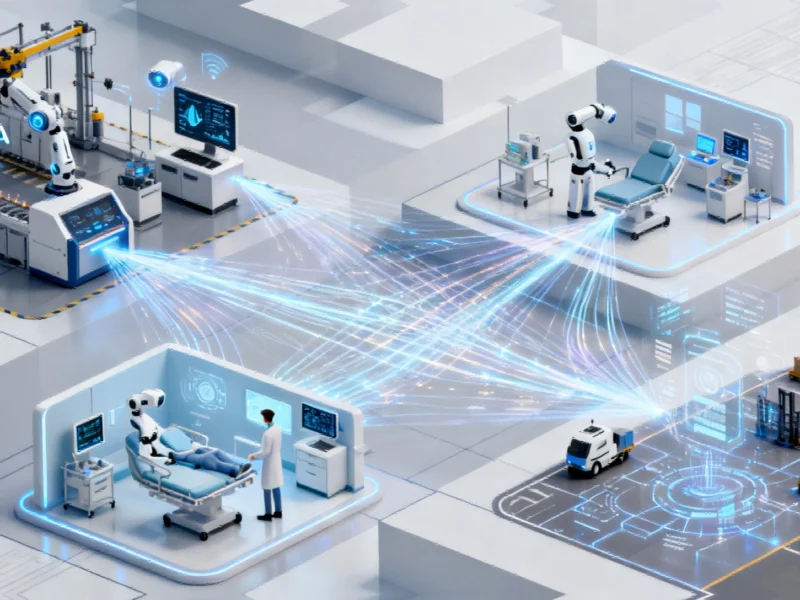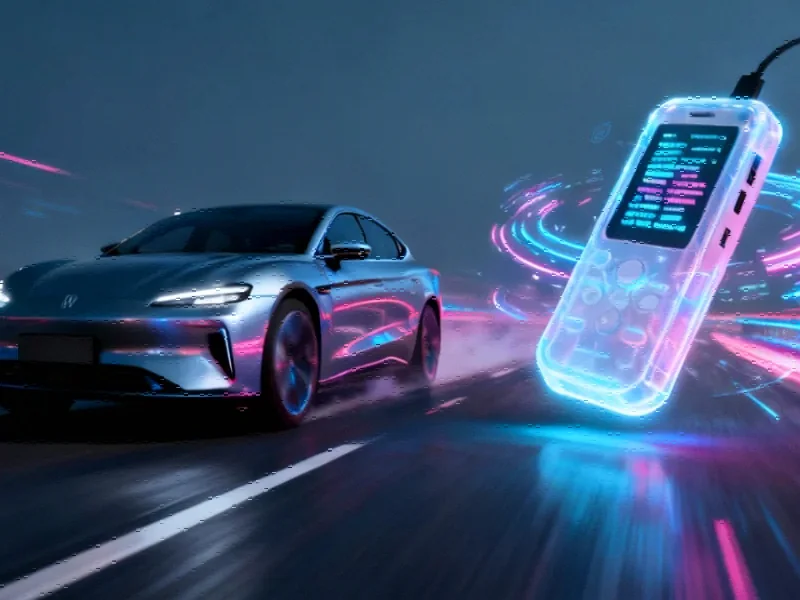Strategic Acquisition Expands Payment Capabilities
Modern Treasury has completed its acquisition of Beam, bringing together infrastructure for global money movement with stablecoin and fiat payment orchestration, according to reports from the companies. The transaction, announced in an October press release, positions the combined platform to offer enhanced payment solutions that bypass traditional banking limitations.
Table of Contents
Enhanced Platform Features and Capabilities
The integrated platform will enable instant payouts, streamlined on- and off-ramping flows, and more efficient treasury operations, sources indicate. Modern Treasury co-founder and CEO Matt Marcus stated in the release that together, the companies are creating what he described as “the best infrastructure to move money instantly — without the delays and limitations of banks or card-first payment providers.”
Beam founder Dan Mottice has joined Modern Treasury as head of Beam and noted in the release that Beam’s stablecoin and fiat orchestration capabilities will be woven directly into Modern Treasury’s platform. This integration reportedly aims to unlock instant pay-ins and payouts, foreign exchange efficiency, and next-generation liquidity management within what the companies characterize as a trusted enterprise-grade system.
Industry Context and Stablecoin Evolution
Industry analysis suggests this acquisition reflects broader trends in the payment landscape. According to PYMNTS reporting from March, stablecoins have begun decoupling from cryptocurrency exchanges and positioning themselves as components of real-world financial infrastructure. Stablecoin adoption has reportedly set its sights on practical applications like cross-border payments and corporate treasury operations.
Analysts suggest the move aligns with accelerating adoption of real-time payment solutions across the financial sector. The PYMNTS Intelligence report “Pivotal Moment: Banks’ Real-Time Payments Opportunity in 2025” found that 93% of banks that enable instant payments report a positive impact on customer retention, indicating growing market demand for faster payment processing.
Broader Implications for Financial Infrastructure
The integration of stablecoin capabilities into established payment platforms represents what industry observers describe as a significant evolution in money movement infrastructure. This development comes as traditional financial institutions and fintech companies increasingly explore digital asset applications for corporate treasury management and cross-border transactions.
According to industry reports, the combination of traditional fiat payment systems with emerging digital currency technologies could potentially address longstanding challenges in payment speed, cost, and accessibility. However, analysts caution that regulatory developments and market acceptance will continue to shape the practical implementation of these technologies across global financial systems.
Related Articles You May Find Interesting
- Anyscale’s Ray AI Engine Joins PyTorch Foundation to Revolutionize Distributed A
- Reddit Escalates Legal Battle Against AI Industry Over Content Scraping Allegati
- Kandji Rebrands as Iru, Launches AI-Powered IT Security Platform for Modern Ente
- US Weighs Sweeping Software-Based Export Restrictions Against China in Rare Eart
- Boston Scientific Surpasses Expectations with Robust Cardiac Device Performance
References & Further Reading
This article draws from multiple authoritative sources. For more information, please consult:
- http://en.wikipedia.org/wiki/Stablecoin
- http://en.wikipedia.org/wiki/Fiat_money
- http://en.wikipedia.org/wiki/United_States_Department_of_the_Treasury
- http://en.wikipedia.org/wiki/Payment_system
- http://en.wikipedia.org/wiki/Marketing
This article aggregates information from publicly available sources. All trademarks and copyrights belong to their respective owners.
Note: Featured image is for illustrative purposes only and does not represent any specific product, service, or entity mentioned in this article.



